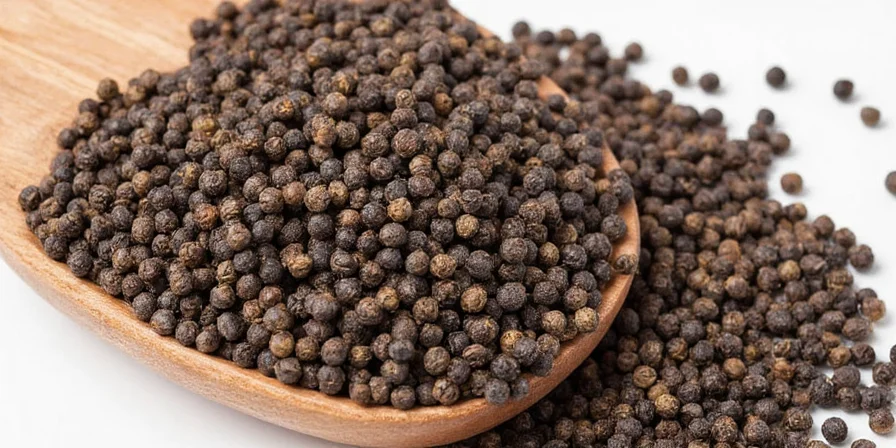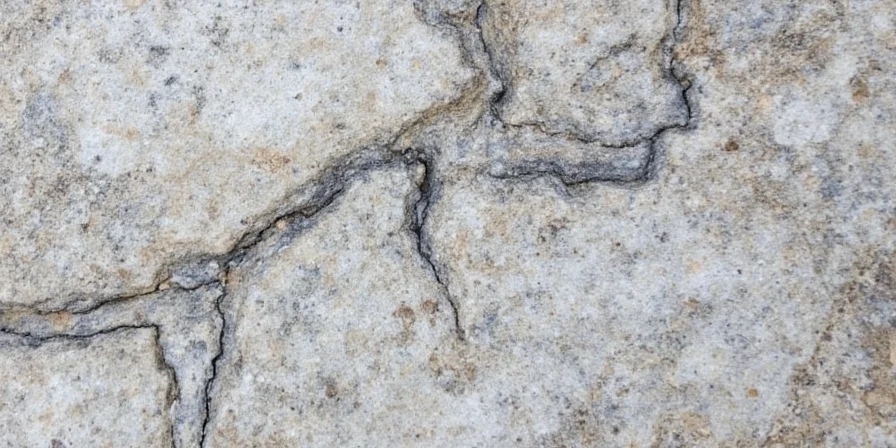Fine black pepper works best when added toward the end of cooking to preserve its volatile oils and maximize flavor impact. Unlike coarse pepper, its fine texture integrates seamlessly into sauces, dressings, and baked goods without creating texture inconsistencies. For immediate results in everyday cooking: sprinkle it on eggs just before serving, mix with salt in a 3:1 ratio for balanced seasoning, or add a pinch to chocolate dishes for surprising depth.

Why Fine Black Pepper Outperforms Coarse Grinds in Everyday Cooking
Fine black pepper's smaller particle size allows for even distribution throughout dishes, eliminating the bitter hotspots common with coarse grinds. Professional chefs consistently choose fine grinds for applications where texture matters: creamy sauces, salad dressings, and baked goods. The difference becomes clear when making classic dishes like cacio e pepe - fine pepper creates the perfect emulsion with cheese and pasta water, while coarse grinds leave unpleasant grittiness.
Practical Comparison: When to Use Each Pepper Type
| Type | Best Applications | Avoid In | Pro Tip |
|---|---|---|---|
| Fine Black Pepper | Creamy sauces, salad dressings, baked goods, finishing dishes | Dry rubs, pickling, dishes needing visible texture | Add in last 2 minutes of cooking for maximum aroma |
| Coarsely Ground | Steaks, hearty stews, dry rubs | Cream-based sauces, delicate fish, baked goods | Press into meat before searing for better adherence |
| Whole Peppercorns | Pickling, stocks, freshly grinding to order | Finished dishes, smooth sauces, baking | Bloom in oil before adding to soups for deeper flavor |

5 Immediately Actionable Fine Black Pepper Techniques
- The Perfect Seasoning Blend: Mix fine black pepper with salt in a 3:1 ratio (3 parts salt to 1 part pepper). This balance enhances natural flavors without overwhelming heat. Store in a small jar for quick seasoning of eggs, vegetables, and proteins.
- Finish with Flavor: Add fine black pepper in the final minute of cooking. Heat degrades volatile flavor compounds - adding late preserves the bright, citrusy notes that define quality pepper.
- Baking Secret: Incorporate 1/8 teaspoon fine black pepper into chocolate desserts. It enhances cocoa notes without being detectable as "peppery" - try it in brownies or hot chocolate.
- Dressing Integration: Whisk directly into vinaigrettes rather than adding after emulsification. The fine texture ensures immediate integration without needing extra shaking.
- Reviving Stale Pepper: Test potency by rubbing between palms. If aroma is weak, toast in dry pan for 30 seconds to reactivate oils (works best with whole peppercorns before grinding).

Fine Black Pepper Storage: What Actually Works
Contrary to popular belief, refrigeration damages pepper quality. Fine black pepper maintains freshness longest in a cool, dark cupboard in an airtight container. The enemy is moisture - even small amounts cause clumping and accelerate flavor loss. Check freshness monthly using the palm-rub test: fresh pepper produces sharp, citrusy aroma; stale pepper smells flat and dusty. Most fine grinds lose significant flavor after 4-6 months, so buy smaller quantities more frequently.
Common Fine Black Pepper Mistakes to Avoid
- Adding too early in cooking: Heat destroys delicate flavor compounds. Always add in final minutes.
- Using in dry rubs: Fine texture doesn't adhere well to meat surfaces. Reserve for finishing or wet applications.
- Storing in clear containers: Light exposure degrades quality 3x faster than dark storage.
- Assuming all fine pepper is equal: Quality varies dramatically by source and processing. Look for "single-origin" labels for consistent flavor.

Real-World Applications Across Cuisines
- Italian: Essential in cacio e pepe - fine grind creates the perfect emulsion with Pecorino Romano and pasta water.
- French: Key component in béchamel and velouté sauces where texture must remain perfectly smooth.
- Indian: Added at the end of curries to preserve volatile oils that would evaporate during long simmers.
- Baking: Enhances chocolate, gingerbread, and fruit crisps with subtle warmth that coarse grinds can't deliver.

Practical Fine Black Pepper FAQ
Why does fine black pepper work better in creamy sauces than coarse?
Fine black pepper dissolves completely in creamy sauces, preventing graininess while ensuring even flavor distribution. Coarse grinds create texture inconsistencies that disrupt the sauce's smooth emulsion, leaving unpleasant gritty pockets.
How can I tell if my fine black pepper has lost potency?
Rub a small amount between your palms and smell. Fresh pepper emits sharp, citrusy notes. Stale pepper smells faintly dusty with diminished aroma intensity. For best results, replace fine black pepper every 4-6 months.
Is fine black pepper suitable for raw applications like salad dressings?
Yes, fine black pepper is ideal for raw applications. Its texture integrates immediately into vinaigrettes and mayonnaise-based dressings without requiring emulsification time, providing instant flavor balance that coarse grinds can't match.
Should I buy pre-ground fine pepper or grind my own?
For most home cooking, quality pre-ground fine pepper provides more consistent results than home grinding. Commercial grinders produce uniform particle size essential for applications like baking and smooth sauces. Reserve freshly ground pepper for dishes where visible texture is desirable, like steak seasoning.
Implementing Fine Black Pepper Today
Start with one simple change: add fine black pepper to your next batch of scrambled eggs during the final minute of cooking. Notice how the flavor integrates smoothly without bitter hotspots. Then try the 3:1 salt-to-pepper blend on roasted vegetables. These small adjustments deliver immediate improvements to everyday cooking without requiring special equipment or techniques. Remember that fine black pepper isn't about complexity - it's about precision that makes familiar dishes noticeably better through perfect seasoning integration.











 浙公网安备
33010002000092号
浙公网安备
33010002000092号 浙B2-20120091-4
浙B2-20120091-4